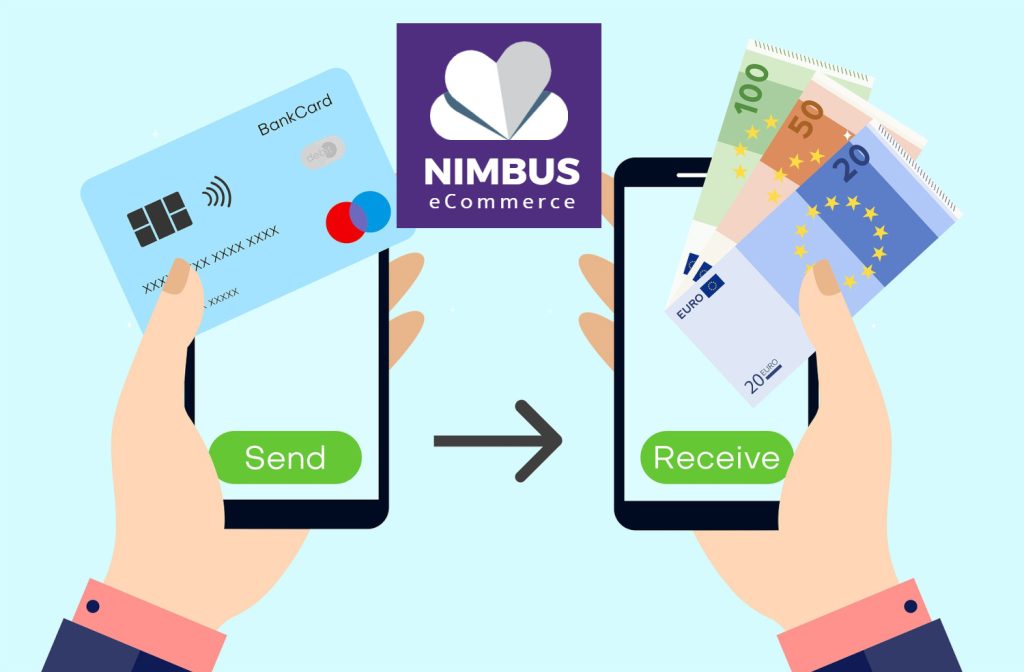Bank Reconciliations: What Are They and Why Do They Matter?
If you\’re an eCommerce business owner, then you know that keeping your finances in order is of utmost importance. One important task in financial management is reconciling your bank transactions. But what are bank reconciliations, and why do they matter? Let\’s get into it.
What is Bank Reconciliation?
Bank reconciliation is the process of comparing your company\’s bank statements with your own records of transactions. This is done to ensure that all transactions are accounted for, and to identify any discrepancies, which may be due to several reasons.
Why Does Bank Reconciliation Matter?
There are a few reasons why bank reconciliation matters:
- It helps you catch errors: If there are any errors in your transaction records, reconciling your bank statements will help you catch them. If there are transactions missing from your accounting system, your profits may be under or overstated and the accounts will be misleading.
- It helps you to detect fraud: By reconciling your statements, you can keep an eye out for any suspicious activity in your account. Nowadays, it’s not uncommon that unauthorized parties can get access to your bank account, especially when you are trading online.
- It allows you to stay organized: Reconciling your statements on a regular basis, weekly or at least monthly, will help you stay on top of your finances and keep everything organized. At any time you will know how much money is on your business and if you need to plan for any emergencies.
How to Do Bank Reconciliation
Let’s go through the underlying methodology of doing bank reconciliations. This will help you understand the process, the purpose and the final expected result.
Step one: get your bank records. You could do this via your accounting software or by accessing your online statements. You should be able to download csv list of bank transactions from any online banking system.
Step two: pull up your business transactions records. This is your ledger/register of all the money that has entered and left your business over a certain period of time. It could take the form of a spreadsheet, a logbook or your accounting software.
Step three: choose a starting point. This is usually the point at which you performed your last bank reconciliation. Ideally, you should start with the first day of each month and finish with the last day of the month.
Step four: run through your bank deposits/receipts/money coming in and ensure that they match up with your accounting records. Each deposit should appear as income on your ledger. Sometimes it can be a loan received, then it will be recorded on the balance sheet.
Step five: do the same with withdrawals and payments. If there are discrepancies, remember that some payments may not yet have been taken or check to see whether you paid using a different account.
Step six: check your end balance. The final step is to make sure that your closing balance on your bank statement matches up with the balance on your accounting records. If it doesn\’t, then there\’s an error somewhere that needs to be fixed.
Share:
More Posts
Send Us A Message
Problems and Inconsistencies
Every now and then you will come across discrepancies and unexplained transactions when you perform bank reconciliations. There\’s no need to panic – this is quite normal! This is exactly why it\’s important to perform bank reconciliations regularly.
Common cause of problems when performing bank reconciliations include:
- Timing: Transactions can sometimes take a few days to process, so they might not appear on your bank records right away.
- Fees: Make sure to check for any fees that might have been charged by the bank. These can sometimes be small and easy to miss.
- Multiple accounts and credit cards: If you have multiple accounts or credit cards, it can be easy to mix up transactions.
- Different currencies: If you do business in different currencies, then exchange rates can cause discrepancies.
- Mistakes: keystroke errors, misread numbers and other human errors can all lead to discrepancies in your records.
The important thing is to not get discouraged – bank reconciliations are an important part of financial management, and the more you do them, the easier they\’ll become. And if you ever come across a problem that you can\’t solve, don\’t hesitate to ask your accountant for help.
Bank Reconciliation Software
If you are not using any software or tools, doing bank reconciliations manually will be a very cumbersome task, especially if you are trading on Amazon or Shopify. We don’t recommend this approach.
If you want to make bank reconciliation easier, there\’s a range of software available that can automate the process and make it hassle free. This type of software can be particularly useful for eCommerce businesses, which usually have a large number of transactions.
We recommend Xero cloud accounting software. It integrates perfectly with most common eCommerce platforms and will make your bank reconciliations a breeze!
Every transaction that goes through your online store will be exported to Xero and summarized neatly to match exactly with the deposits/payouts landing in your bank account. It can be fully automated with minimum intervention required from you. So you can focus on growing your eCommerce business!
Final Thoughts
Doing bank reconciliations on a regular basis is an important task for any business owner, in particular for eCommerce sellers. It helps you catch errors, prevent fraud and stay organized. And while it might seem like a daunting task, it\’s easy when you know how – especially if you use the right software, like Xero cloud accounting.
Happy reconciling!
To find out more take a look yourself…


